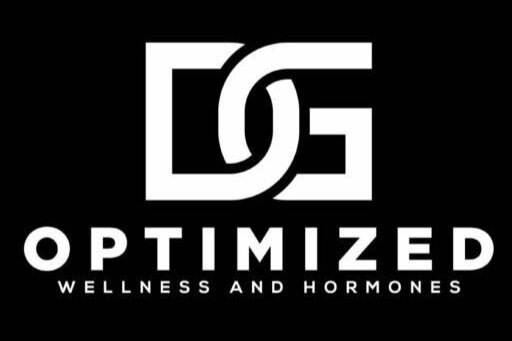Estradiol and Brown Fat
This comprehensive review explores the significant impact of ovarian steroids, such as estradiol (E2), on various physiological processes including puberty, reproduction, growth, development, and metabolic rate. The deficiency of estrogen is found to increase appetite and decrease energy expenditure, leading to weight gain and obesity. However, estrogen replacement can reverse these effects. New data suggest that these effects of E2 are mainly centered in the hypothalamus, specifically influencing energy homeostasis and brown adipose tissue (BAT) thermogenesis.
The paper also examines the issue of obesity, arguing that treatments focusing only on reducing food intake have failed because any reduction in intake is offset by a decrease in energy expenditure. Therefore, understanding the major homeostatic modifiers of energy balance is critical to tackling the metabolic complications of obesity.
Diminished E2 levels following menopause or ovariectomy (OVX) are associated with increased food intake, reduced energy expenditure, and weight gain, while E2 replacement can prevent or reverse these changes. The effects of E2 are largely mediated by estrogen receptor alpha (ERα), with selective ERα agonists promoting anorexia and mice with global disruption of ERα exhibiting hyperphagia and hypometabolism.
E2 regulates numerous aspects of metabolism, including insulin sensitivity, pancreatic beta cell function, and lipid metabolism. It also affects adipose tissue, controlling distribution, differentiation, inflammation, and fibrosis.
The role of the hormone estradiol in BAT function has been observed in several species, where it seems to increase BAT activity, leading to higher energy expenditure. This activity appears to be mediated by estradiol's effects on both the central nervous system and directly on brown fat cells. It affects the number and function of adrenergic receptors and mitochondrial biogenesis-signaling factors.
The role of estradiol also extends to the central regulation of BAT. Various hypothalamic centers, like the ventromedial hypothalamus (VMH), are involved in the process. Specific neurons within the VMH, which express estrogen receptors, seem to mediate estradiol's action on energy expenditure. The deletion of these receptors in certain neurons leads to various metabolic dysfunctions, including obesity and impaired BAT thermogenesis. Other molecules, like AMP-activated protein kinase (AMPK), have been implicated in mediating estradiol's actions in the VMH.
In summary, BAT is an essential organ for maintaining body temperature in mammals, especially during cold conditions. Its thermogenic activity is regulated by various systems, including the nervous system and hormonal regulation. Estradiol appears to play a significant role in both peripheral and central regulation of BAT thermogenesis, although further research is needed to understand these mechanisms fully. Miguel López Ph and Manuel Tena-Sempere MD, PhD. Best Practice & Research: Clinical Endocrinology & Metabolism, 2016-08-01, Volume 30, Issue 4, Pages 527-536. This explains the changes that happen during peri-menopause and become solidified in menopause. . . remember, this can be targeted with estradiol supplementation; let us show you how!
Jason & Rita.
